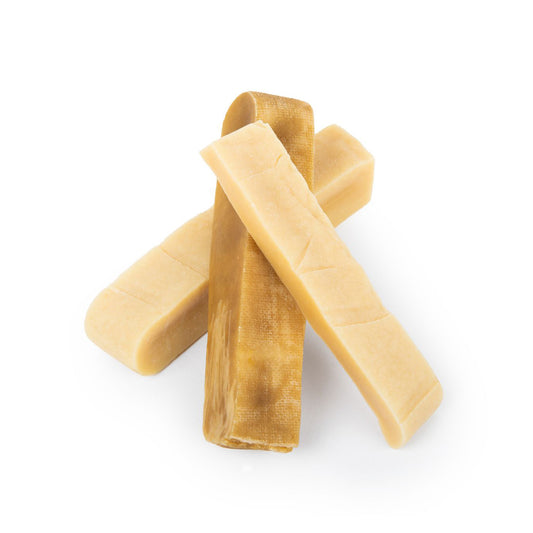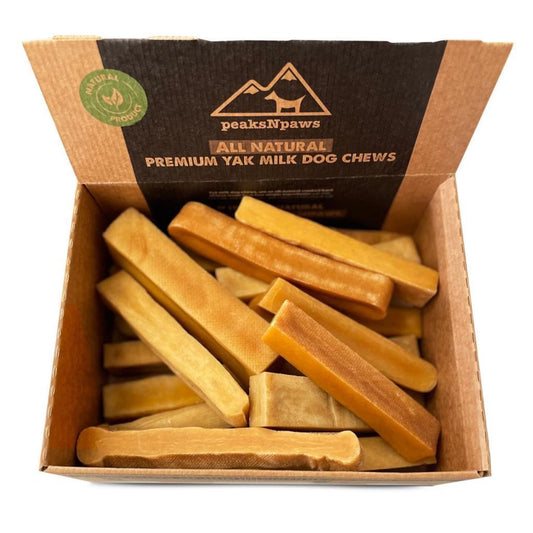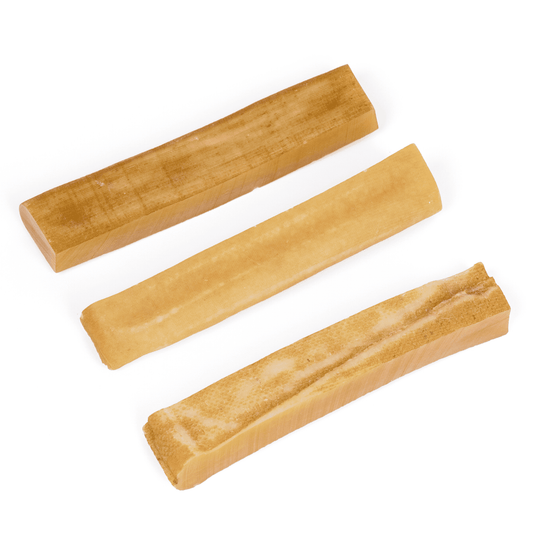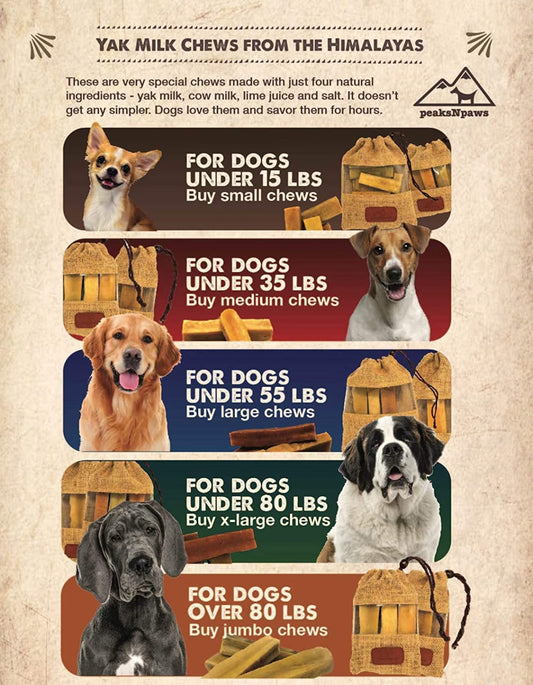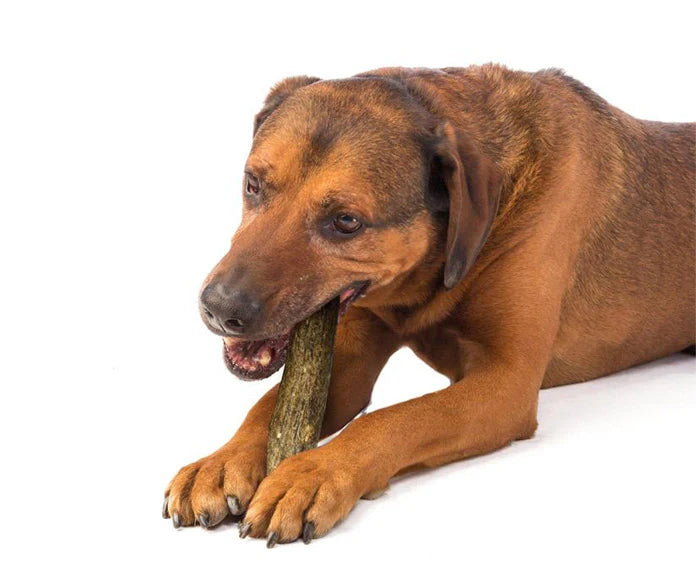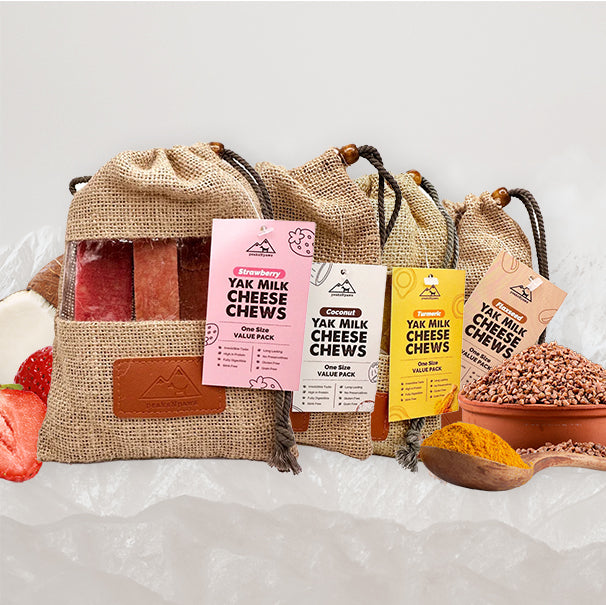Obesity in dogs is a growing concern, mirroring the health trends seen in humans. Excess weight can lead to numerous health problems that not only diminish the quality of your dog's life but can also shorten it significantly. Integrating low-calorie dog treats into your pet’s diet is a proactive step towards effective weight management and overall health maintenance.

The Risks of Obesity in Dogs
Obesity in dogs isn't just about extra weight; it's a serious health issue that can lead to debilitating conditions. Dogs that are overweight are at a higher risk for developing diseases such as diabetes, arthritis, and heart disease. The added weight puts excessive stress on their joints and organs, which can lead to chronic pain and decreased mobility. Furthermore, obese dogs often experience a reduction in their life expectancy and may have a diminished quality of life, unable to enjoy regular activities due to their physical condition.
Understanding Calories in Dog Treats
Calories in dog treats, much like human snacks, can quickly accumulate and contribute significantly to daily caloric intake, leading to weight gain if not carefully managed. Many of the most popular dog treats on the market are surprisingly high in calories, which can counteract otherwise healthy feeding routines. It’s crucial for dog owners to be vigilant about the types of treats they offer, especially for pets prone to weight issues.
Firstly, understanding the caloric content of dog treats is essential. This involves reading labels closely and recognizing that even small treats can be calorie-dense. For instance, a single commercial dog biscuit can contain as much as 100 calories. When considering that the average small dog might only require 400-500 calories per day, a couple of these treats could constitute a significant portion of their daily caloric intake.
To effectively manage your dog’s weight, opt for low-calorie treats that provide the joy of snacking without the excess calories. These treats should be seen as part of the overall diet, not just an add-on. Treats should ideally make up no more than 10% of a dog’s total caloric intake for the day. Using treats strategically during training sessions can also ensure they are integrated into the daily calorie count without excess.
Benefits of Low-Calorie Dog Treats
Choosing low-calorie dog treats offers multiple advantages beyond simple calorie reduction:
- Nutritional Value: Many low-calorie dog treats are formulated to be nutrient-rich, offering vitamins and minerals that can supplement a dog’s diet. For example, treats with added fiber can aid in digestion and help maintain bowel health, while those with added vitamins can support overall health and well-being.
- Dental Health: Some low-calorie treats are designed to aid in dental care, helping to clean teeth and reduce tartar build-up. Chewy dental treats, for example, require prolonged chewing which not only satisfies the dog’s natural chewing instinct but also helps keep their gums and teeth healthy.
- Digestive Health: Unlike high-fat, high-calorie treats, which can strain the digestive system, many low-calorie treats are made with easily digestible ingredients that minimize the risk of gastrointestinal upset. This is particularly beneficial for older dogs or those with sensitive stomachs.
- Weight Management: Naturally, the primary benefit of low-calorie treats is their role in weight management. By providing a way to reward your dog without a significant calorie increase, these treats help maintain a healthy weight, which can lead to a longer and more active life for your pet.
- Behavioral Benefits: Using low-calorie treats as rewards during training doesn’t just support physical health; it also reinforces positive behavior without the risk of overfeeding. This can be crucial in maintaining an effective training regimen, particularly with food-motivated dogs.
Choosing the right low-calorie treats for your dog means considering their overall dietary needs, health status, and preferences. This mindful approach ensures that your dog enjoys their treats without compromising their health and vitality. Always consult with a veterinarian to tailor your treat choices to your dog’s specific dietary requirements, ensuring that they get the most benefit from every snack.
Top Recommended Low-Calorie Dog Treats
Low-calorie dog treats are an essential part of managing your pet's weight without sacrificing their enjoyment or nutritional needs. Here are some highly recommended options:

Yak Milk Chews: Made from skimmed yak and cow milk, these chews are low in fat and calories but high in protein. They provide a long-lasting, satisfying chew that helps with dental cleaning without adding unnecessary calories.
Carrot Sticks: Simple and wholesome, carrot sticks are naturally low in calories and provide a good source of fiber and vitamins. They are crunchy, which dogs love, and help clean teeth as they chew.
Apple Slices: With no fat and few calories, apple slices are a sweet treat that's high in fiber and vitamin C. Just be sure to remove the core and seeds before offering them to your dog.
Sweet Potato Chews: Dehydrated sweet potatoes make a tasty, low-calorie treat that’s rich in beta-carotene and fiber. They are chewy, which provides good oral health benefits, and are highly digestible.
Frozen Green Beans: Frozen or fresh, green beans are an excellent low-calorie snack for dogs needing weight management. They are filling and low in calories, with a satisfying crunch.
How to Choose the Right Treats for Your Dog
Selecting the right low-calorie treats involves understanding what to look for and what to avoid:
Ingredients to Look for:
- Single-ingredient treats like dried meat, vegetables, or fruits.
- High-fiber ingredients that help in satiety.
- Natural ingredients without artificial additives.
Ingredients to Avoid:
- Avoid treats high in fat and sugars.
- Stay clear of artificial colors, flavors, and preservatives, which can contribute to weight gain and other health issues.
Reading Treat Labels:
- Calorie Content: Look for the calorie content per treat to help manage daily intake.
- Nutritional Breakdown: Ensure the treat provides a beneficial balance of nutrients. Treats should not just fill your dog but should offer some nutritional value.
- Ingredient List: The fewer the ingredients, the better. Be wary of long ingredient lists with hard-to-pronounce items.
By choosing the right low-calorie treats, like yak milk chews, and understanding how to read labels and select healthy ingredients, you can significantly contribute to maintaining your dog’s weight and overall health. This proactive approach ensures your pet enjoys their treats without compromising their diet or well-being.
Incorporating Treats into Your Dog’s Weight Management Plan
Effectively integrating treats into your dog's diet is crucial for maintaining a healthy weight. Treats can be an important tool in a weight management plan if used thoughtfully.
Strategies for Effective Use of Treats:
- Time Treats Around Physical Activity: One effective strategy is to offer treats right before or after periods of activity. This can help burn off the additional calories provided by the treats and keep your dog's metabolism active.
- Use Treats as Part of Training: Incorporate treats as rewards for training exercises, which not only helps in behavioral conditioning but also ensures that these extra calories serve a dual purpose. Make each treat count towards both training and nutritional goals.
- Opt for Nutrient-Dense, Low-Calorie Treats: Choose treats that provide nutritional value without excessive calories. Treats like peaksNpaws yak chews offer low-calorie satisfaction with the added benefits of being high in protein and low in fat.
Portion Sizes and Frequency:
- Portion Control: Always follow the recommended serving sizes on treat packaging. Consider your dog’s size, breed, and daily calorie requirements when determining how many treats to give.
- Frequency of Treats: Limit treats to a specific number per day and stick to it. A good rule of thumb is that treats should make up no more than 10% of a dog’s daily caloric intake.
- Consult Your Veterinarian: Regular consultations with your vet are crucial to tailor your dog’s diet and treat intake. This ensures that your pet remains healthy, happy, and within a healthy weight range.
Conclusion
Being mindful of the type of treats you give your dog is essential, especially for those managing their weight. It's not just about reducing calories; it’s about making each calorie count towards the overall health and well-being of your pet. Remember, while treats are a wonderful way to show love and reinforce good behavior, their impact on your dog’s health should always be considered.
Looking for treats that support your dog’s weight management plan without skimping on nutrition or taste? Check out peaksNpaws for a range of low-calorie, nutritious treats like yak chews that your dog will love. Visit peaksNpaws now to explore our selection and find the perfect treat for your furry friend's health and happiness.

